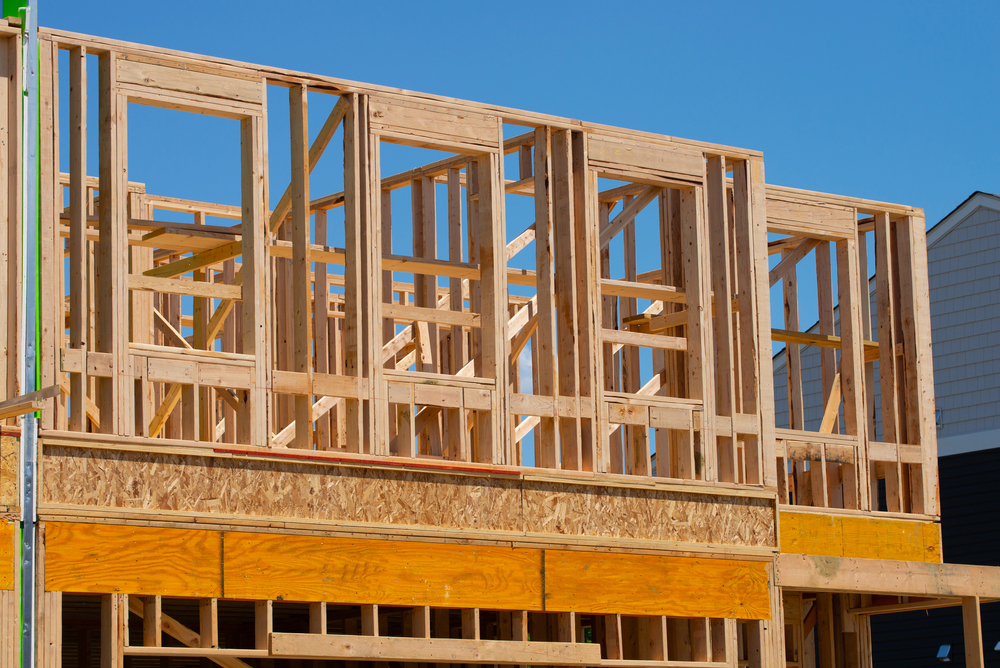
Expanding a home can be one of the most rewarding projects a homeowner undertakes. A carefully designed home addition not only creates more space but also increases property value and improves quality of life. In Pennsylvania, however, home addition permits and municipal planning requirements can be complex. Understanding the process is essential for homeowners in PA, especially in communities like Langhorne, where local zoning laws and historic considerations often play a role. This guide explores the steps needed to move from an idea to a finished addition, with an emphasis on planning, permits, and execution.
Understanding Home Addition Permits in Pennsylvania
Before beginning any construction project, securing the right home addition permits is crucial. Pennsylvania municipalities require homeowners to apply for permits whenever a project affects the structure, electrical systems, plumbing, or square footage of the property. These permits are intended to ensure safety, compliance with building codes, and harmony with community development standards.
The process often begins at the local township or borough office, where zoning officers explain what documents are required. In many parts of PA, including Langhorne, the homeowner must provide detailed architectural drawings and site plans. These plans demonstrate that the house expansion planning adheres to setback regulations, maximum building height restrictions, and property line rules. If a property lies within a historic district, additional layers of review may apply, requiring approval from a preservation board.
Failing to secure permits can result in stop-work orders, fines, and legal complications when selling the property. Equally important, unpermitted work may not meet safety standards, placing both occupants and investment at risk. For this reason, starting with permits is more than a bureaucratic step; it is the foundation of a safe and successful addition.
Steps in House Expansion Planning
Effective house expansion planning begins with a clear vision. Homeowners in Langhorne and across Pennsylvania often decide to build additions for growing families, home offices, or entertainment spaces. Whatever the purpose, the planning stage determines how efficiently the project progresses.
The first step is defining goals and needs. Homeowners should consider how much additional space is necessary, how the addition will connect to existing rooms, and whether the project aligns with long-term lifestyle plans. Budgeting comes next, accounting not just for construction but also for design, permits, inspections, and contingencies. In PA, construction costs vary depending on township regulations, contractor experience, and material availability.
Once a preliminary plan is in place, it is wise to consult both an architect and a contractor. Architects transform ideas into compliant drawings, while contractors provide estimates on cost and feasibility. Together, they help refine the vision into a practical design that can be submitted for permits. This collaboration is especially valuable in Langhorne, where local professionals often have experience navigating township review boards and understand the nuances of regional zoning requirements.
Finally, homeowners should create a realistic timeline. House expansion projects often take longer than expected due to inspections, weather, or material delays. Allowing extra time in the schedule reduces stress and improves overall satisfaction with the project.
Zoning and Local Regulations in Langhorne and Beyond
While state-wide building codes set a framework, zoning rules differ from one Pennsylvania municipality to another. Langhorne, for example, has unique ordinances that govern property setbacks, lot coverage, and neighborhood aesthetics. These rules are designed to preserve community character and ensure that developments fit into the existing environment.
For instance, zoning laws might limit how close an addition can be built to the street or neighboring properties. In some areas, maximum lot coverage percentages prevent homeowners from building too large an addition relative to the size of the property. If the proposed addition violates these rules, homeowners must apply for a variance, which requires a public hearing before the zoning board. The process can be time-consuming, and success is not guaranteed, making it essential to understand local regulations before committing to final designs.
Langhorne also has historic neighborhoods where exterior changes are subject to stricter scrutiny. A home addition that alters the appearance of a historic façade may require approval from a historical review commission. Homeowners should be prepared to present materials, colors, and design features that match the historical character of the area. Skipping this step can result in delays or rejections.
Understanding zoning and local rules early prevents costly redesigns. Partnering with professionals who are familiar with Langhorne and Pennsylvania zoning boards ensures that designs are more likely to gain swift approval.
Navigating the Permit Application Process
Applying for home addition permits in PA involves more than simply filling out a form. The process requires documentation, fees, and sometimes multiple rounds of review. Typically, the application includes architectural drawings, site surveys, and proof of property ownership. Municipal staff review these documents to confirm that the project complies with building codes and zoning laws.
In many cases, the township will request additional details such as engineering reports for structural modifications, stormwater management plans, or electrical schematics. Langhorne homeowners may also need to provide evidence of compliance with environmental regulations, especially if their property lies near wetlands or flood zones. Each of these requirements adds complexity, but they are necessary to safeguard the homeowner, neighbors, and community infrastructure.
After submission, the review process can take several weeks. If reviewers identify issues, they may request revisions, requiring the homeowner and architect to update plans. Once approved, the permit is issued, and construction can legally begin. However, inspections do not end there. During the project, municipal inspectors visit the site at various stages to ensure compliance. These inspections may include foundation work, framing, electrical systems, plumbing, and final completion. Passing inspections is essential for receiving a certificate of occupancy, which officially validates the addition.
While the process can feel overwhelming, it provides peace of mind. By the end, homeowners know that their addition is safe, legal, and aligned with community standards.
Building a Successful Addition in Pennsylvania
With permits secured and plans approved, construction begins. This stage requires careful coordination between contractors, suppliers, and inspectors. In Langhorne, homeowners often benefit from hiring licensed local contractors who are familiar with township expectations. These professionals anticipate inspection schedules, understand common pitfalls, and ensure that all work passes regulatory checks.
During construction, communication is vital. Homeowners should schedule regular check-ins with contractors to review progress, budget, and timeline. Issues such as weather delays or unexpected structural discoveries can affect the project, so flexibility is important. Maintaining clear communication with both the contractor and the municipal office helps resolve problems quickly.
Another factor in successful additions is quality of materials. Pennsylvania’s climate, with its cold winters and humid summers, demands durable construction materials. Investing in high-quality insulation, energy-efficient windows, and weather-resistant exterior finishes can reduce long-term maintenance costs. Homeowners should also consider future resale value. A well-designed and properly permitted addition appeals to buyers, while poorly executed or unpermitted work can deter offers.
Finally, celebrating the completion of the project marks the transition from construction site to improved home. With proper house expansion planning, attention to Langhorne regulations, and commitment to securing home addition permits, homeowners in PA can achieve additions that enrich both lifestyle and property value.
Conclusion
Home additions represent both opportunity and responsibility. In Pennsylvania, homeowners must balance the excitement of expanding their living space with the diligence required to meet regulatory standards. From securing home addition permits to navigating Langhorne zoning rules and executing house expansion planning, each step contributes to the success of the project. While the process may appear daunting, the reward is a safe, functional, and valuable new space that enhances daily living.
By approaching the process with thorough research, professional support, and an understanding of local laws, homeowners in PA can confidently transform their vision into reality. The journey requires patience and planning, but the result is a home that grows along with the people who live in it.
